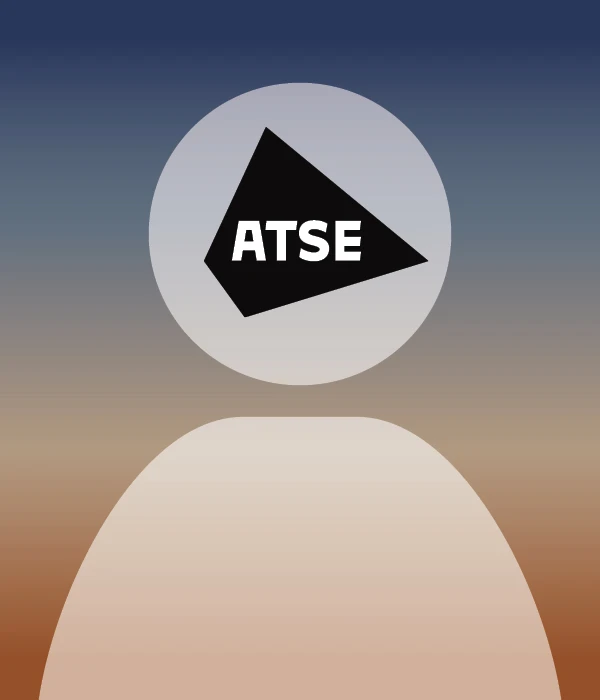Biography at time of election
Appointed to CSIRO in 1956, Henzell first studied the nitrogen fertilization of tropical grasses for beef production. The spectacular increases in grass yield recorded in his initial experiments stimulated\ research on beef and dairy production from N-fertilized grass by other scientists in Queensland and northern N.S.W. As a result we now have a good picture of the limits of pasture and animal responses to N in these environments and of the economics of N fertilization.
Henzell gave particular attention to the efficiency of urea, which is the main form of N fertilizer used on pastures and the increasingly predominant form of synthetic Nin world agriculture. He showed that, although urea is sometimes much less efficient than other forms of N when topdressed on to pastures in southern Queensland, its average efficiency is sufficient to make it the cheapest form for commercial use. He and his colleagues then identified the soil and weather conditions responsible for the occasional inefficiency of urea and devised methods for reducing the problem.
Henzell also developed two other lines of study. One concerned the relation between rainfall, nitrogen supply, and pasture growth and here his main contribution was to quantify, through calculations based on the long-term rainfall records, the scope for increased pasture production in coastal Queensland. He applied the same approach recently to the semi-arid, sub-coastal region of southern Queensland, using a combination of field experiments and computer simulation.
His other main line of study concerned the N cycle in pasture and crop systems. With P.J. Ross and A. E. Martin, he developed the first workable laboratory equipment for measuring N-balance of the soil -plant system in an enclosed atmosphere (the gas lysimeter). This group also developed 15N techniques for measuring total fertilizer N losses andsoil N uptake by pasture legumes (hence N fixation by difference) in the field. Throughout this work the central objective was to measure N gains and losses with a view to improving the efficiency of Nuse in agriculture.
Since 1970 much of Henzell's time has been spent in research planning, leadership and management. He took a special interest in the integration of the Katherine and Kimberley Research Stations and the planning of a program of long-term research by CSIRO on crops and pastures in northern Australia. He gave particular attention to directing the Division's limited resources to key issues which complemented the activities of the State Departments of Agriculture, and he encouraged the interaction of Australian research in tropical agriculture overseas. His main priority has been to set up multi-disciplinary teams for in-depth study of pastures or crops in the field. He also set up a successful five-year joint CSIRO-MARDI project on pasture research for beef production in Peninsula Malaysia.
